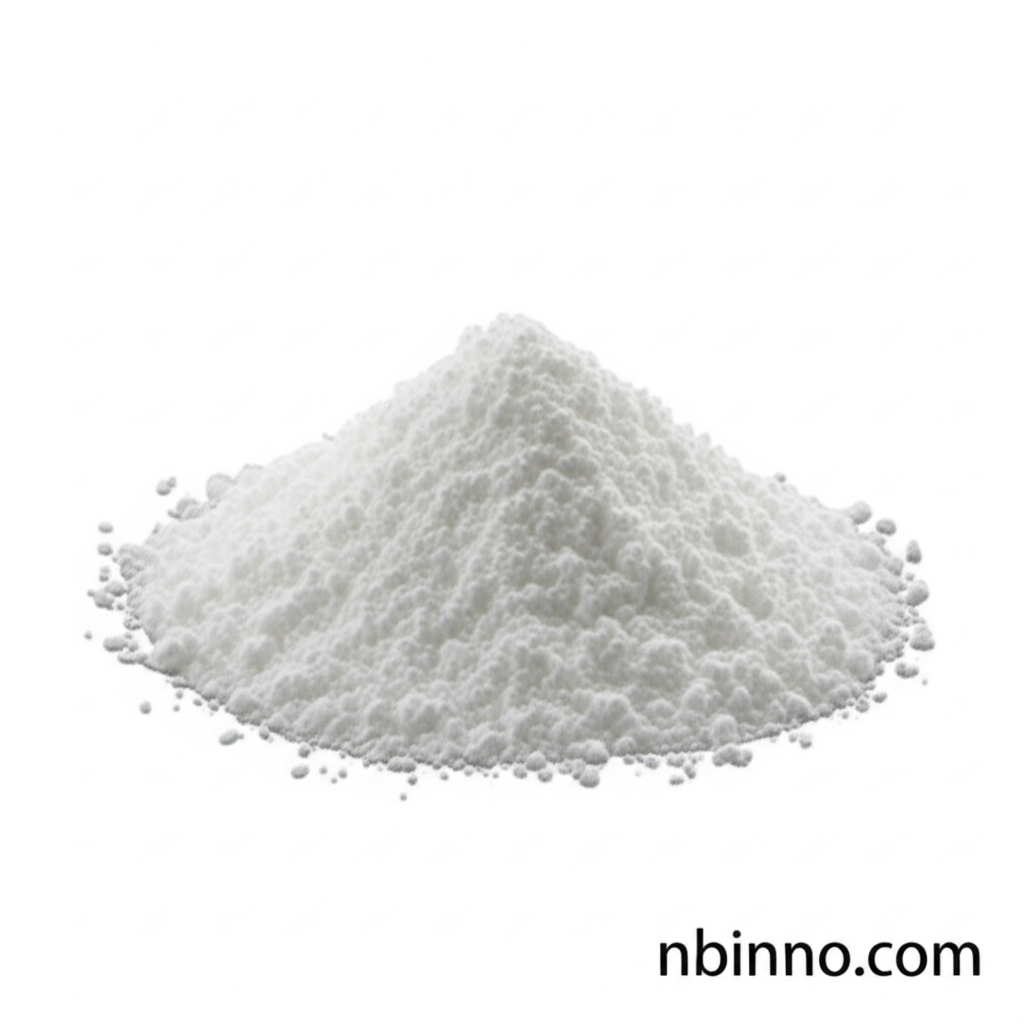Boc-D-Phe(4-CN)-OH: A Key Component in Advanced Peptide Synthesis
Discover the synthesis, applications, and supply chain insights of this vital amino acid derivative.
Get a Quote & SampleProduct Core Value

Boc-D-4-Cyano-Phenylalanine
Boc-D-Phe(4-CN)-OH (CAS 146727-62-0) is a vital amino acid derivative essential for advanced peptide synthesis and drug development. Its unique structure, featuring a cyano group on the phenylalanine ring and a Boc protecting group, makes it invaluable for incorporating specific functionalities into peptides, thereby enhancing their biological activity and stability. This compound serves as a critical building block in creating complex molecules for pharmaceutical applications and research.
- Utilize this crucial building block in peptide synthesis for enhanced efficacy, leveraging its cyano group for improved bioactivity.
- Explore the diverse applications of Boc-D-Phe(4-CN)-OH in drug development, from novel therapeutics to understanding protein interactions.
- Incorporate this modified amino acid into your research to facilitate bioconjugation techniques for targeted drug delivery systems.
- The presence of the Boc protecting group ensures selective reactions, streamlining the assembly of complex peptide sequences.
Key Advantages Offered
Enhanced Peptide Bioactivity
The strategic placement of the cyano group on the phenyl ring of D-phenylalanine, protected by the Boc group, significantly enhances the biological activity of synthesized peptides, making it a preferred choice for researchers aiming for potent and selective compounds.
Facilitates Targeted Drug Delivery
The compound's structure lends itself well to bioconjugation, enabling the precise attachment of biomolecules to therapeutic agents. This capability is fundamental in developing sophisticated targeted drug delivery systems, improving treatment efficacy and minimizing side effects.
Streamlined Synthesis Processes
The inclusion of the tert-butyloxycarbonyl (Boc) protecting group ensures orthogonal protection during peptide assembly. This facilitates controlled and efficient chain elongation, simplifying complex synthesis pathways and improving overall yields.
Key Applications
Peptide Synthesis
Serve as a key building block in solid-phase and solution-phase peptide synthesis, enabling the creation of novel peptide sequences with unique properties.
Drug Development
Utilized in the design and optimization of drug candidates, particularly in areas like cancer therapy and neuropharmacology, where modifying peptide properties is crucial.
Bioconjugation
Its structure supports bioconjugation techniques, allowing for the linking of peptides to other molecules for targeted therapeutic applications.
Analytical Chemistry
Employed as a standard in analytical methods to quantify similar compounds, ensuring quality control in pharmaceutical manufacturing and research settings.
